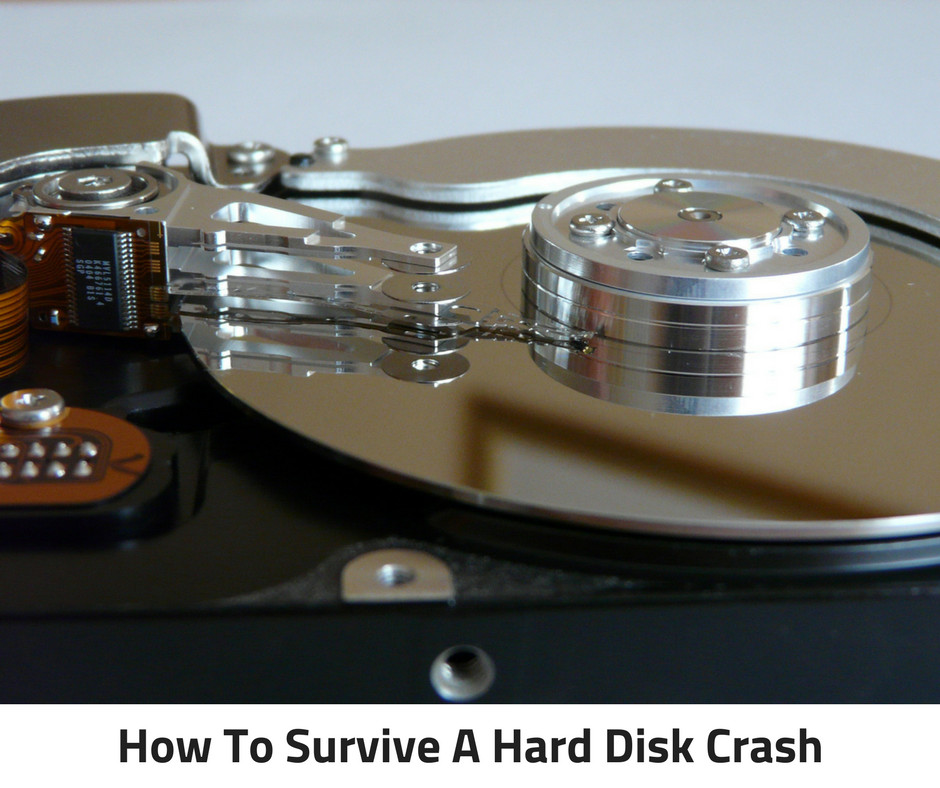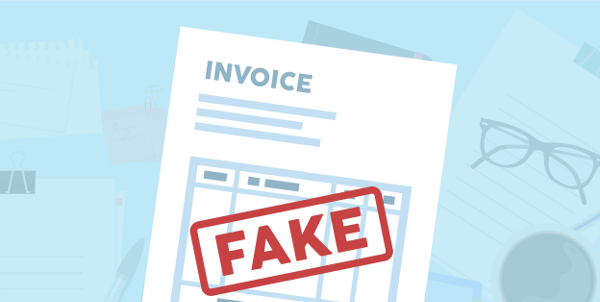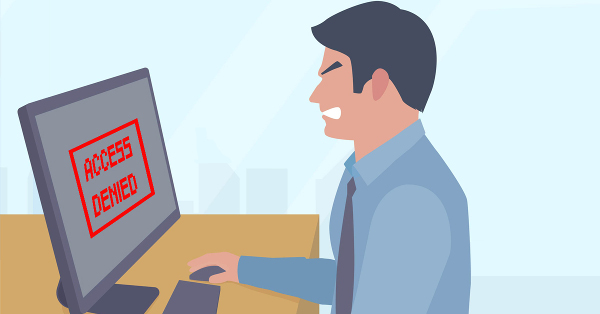 By now you know that improving your cyber security is just as important as improving your cash flow – both are essential to your success. While most businesses keep an eye on the financials, they tend to think cyber security is something they can ignore or just set and forget. Unfortunately, cybercriminals are constantly coming up with new methods of attack and the security you had in place yesterday may not be sufficient today.
By now you know that improving your cyber security is just as important as improving your cash flow – both are essential to your success. While most businesses keep an eye on the financials, they tend to think cyber security is something they can ignore or just set and forget. Unfortunately, cybercriminals are constantly coming up with new methods of attack and the security you had in place yesterday may not be sufficient today.
Instead of reacting to breaches and taking on the costs of downtime, lost files and destroyed trust, a periodic security assessment can identify blind spots that place you at risk. Once you know about these issues, you can setup adequate protection before cybercriminals strike. It is best to use independent IT experts who can audit your security from an outside perspective, often seeing risks that you would otherwise miss.
Regulations change – Are you affected?
Many businesses need to comply with strict government regulations around the way they store, process and protect data. Their operating license depends on staying as secure as possible. All regulations require regular security assessments but they vary in scope and timeframe. As regulations change, so do the security assessment requirements. You can imagine how much stricter they are now compared to just 5 years ago. Our team can ensure your business is meeting the relevant regulations, diving deep to be certain you are safe.
Security patches and updates are vital
It’s so easy to fall behind on your security patches (both for software and hardware), after all, it seems like there’s a new update every week and each one takes precious time to apply. What we are seeing though, is that cybercriminals are targeting any business running up=patched hardware or software. If you are unpatched, you are an easy target and are inviting the bad guys in. When we conduct your security assessment, we take a look at your history and see if your business has a robust patch plan in place and make sure you are up to date. If there’s an issue that is placing you at risk we will find it.
Viruses are always evolving
Just like the human variety, computer viruses are constantly evolving to skip past anti-virus scans and do damage in new and interesting ways. Cybercriminals know people are more aware of the traditional infection methods like downloading an attachment or inserting an infected USB, so they’re getting more and more creative. Your security assessment doesn’t just include ticking that you have the latest anti-virus, it includes identifying where where your biggest vulnerabilities are. This type of precise awareness has a lasting impact on reducing your risks.
Your business may have changed
As your business has grown over the years your entire setup has changed. More employees, expanded remote access, additional vendors, other locations etc. With each change has come a new risk, particularly if your security has been growing around you. It might be your password policies that haven’t been updated since you began, or that you still have the old voicemail system even though phones are within easy reach of customers. This is perhaps one of the most useful areas a security assessment can help with, as you and your employees are accustomed to the business working in a certain way, whether that way leads to risk or not. Our experts will be able to see things from a different perspective, particularly as we make sure to think the same way a cybercriminal would.
What to do with your assessment results
While many experts might present you with a long list of problems and leave you feeling overwhelmed, our team ensures you have a benchmark for progress. You will know exactly what you need to do, what takes priority and how we can help. You will also know exactly what you’ve done well and where your security strengths lie. Employees will see how much you value security, which in turn helps to create a stable culture, and you’ll be able to report your commitment to customers, confirming they’re making the right choice by staying with you.
Book your security assessment today. Call us at 08 8326 4364 or
su*****@dp*********.au
.

 Unified Threat Management (UTM) is a special kind of firewall solution focused on proactive protection. Consider it like a team of virtual bodyguards that stand at the door between your business and the internet, keeping trouble out while your legitimate traffic can come and go normally.
Unified Threat Management (UTM) is a special kind of firewall solution focused on proactive protection. Consider it like a team of virtual bodyguards that stand at the door between your business and the internet, keeping trouble out while your legitimate traffic can come and go normally. There’s been a massive digitization within businesses but with that comes one gaping flaw – a hard drive crash could wipe out all your data in an instant. Nobody and no data is immune – accounts, quotes, documents, email etc. are ALL at risk.
There’s been a massive digitization within businesses but with that comes one gaping flaw – a hard drive crash could wipe out all your data in an instant. Nobody and no data is immune – accounts, quotes, documents, email etc. are ALL at risk. There are the normal costs everyone associates with a computer breach, like employee downtime and the costs associated with getting your network and computers fixed. But really, most businesses that haven’t been hit with a security incident view it as more of an inconvenience than a bottom-line cost. For those businesses who have come out the other side though, it’s a very different story. They know from firsthand experience that the hidden and ongoing costs of a data breach can be crippling and that IT security exists to protect your business on multiple levels. All those surprise costs that spiral out of control are why most businesses close down after a cyber-attack. Here are a few of the hard, but common cold hard realities of life after a hack.
There are the normal costs everyone associates with a computer breach, like employee downtime and the costs associated with getting your network and computers fixed. But really, most businesses that haven’t been hit with a security incident view it as more of an inconvenience than a bottom-line cost. For those businesses who have come out the other side though, it’s a very different story. They know from firsthand experience that the hidden and ongoing costs of a data breach can be crippling and that IT security exists to protect your business on multiple levels. All those surprise costs that spiral out of control are why most businesses close down after a cyber-attack. Here are a few of the hard, but common cold hard realities of life after a hack.
 Your employees need access to your IT resources and accounts so that they can do their job, but what happens to that access and those passwords when you fire them? Nobody likes to think of firing their employees, or why you’d need to, but nonetheless, it is a responsibility of every business owner and they will face it at some point in time. While your book keeper or accounts team will stop their paychecks it is important to take the same proactive stance to stop their system access.
Your employees need access to your IT resources and accounts so that they can do their job, but what happens to that access and those passwords when you fire them? Nobody likes to think of firing their employees, or why you’d need to, but nonetheless, it is a responsibility of every business owner and they will face it at some point in time. While your book keeper or accounts team will stop their paychecks it is important to take the same proactive stance to stop their system access. Fifteen years after the Internet world united to crack down on spam emails, we are all still struggling with overloaded inboxes. All that unwanted email continues to flood the internet, much of it targeted towards small businesses and the impact goes wider than you might think. Here’s the breakdown of how modern spam works and how it is hurting your business.
Fifteen years after the Internet world united to crack down on spam emails, we are all still struggling with overloaded inboxes. All that unwanted email continues to flood the internet, much of it targeted towards small businesses and the impact goes wider than you might think. Here’s the breakdown of how modern spam works and how it is hurting your business.

 Business trips can be stressful at the best of times. Whether you’re off for an overnight visit to a client, a few days for a training session or a longer business conference there are certain things you need to keep in mind:
Business trips can be stressful at the best of times. Whether you’re off for an overnight visit to a client, a few days for a training session or a longer business conference there are certain things you need to keep in mind: